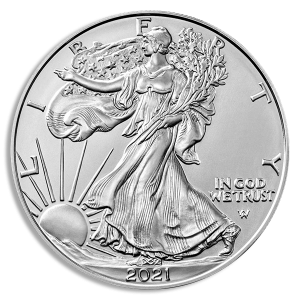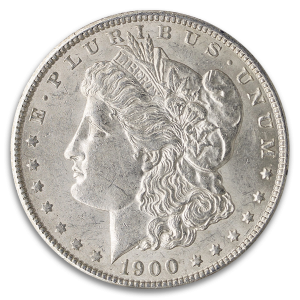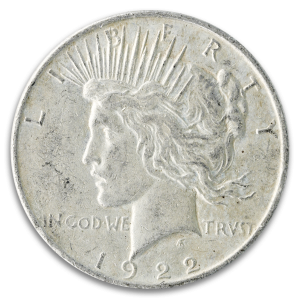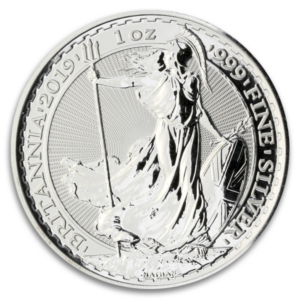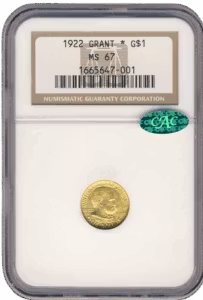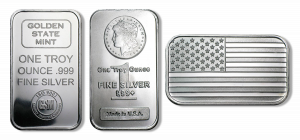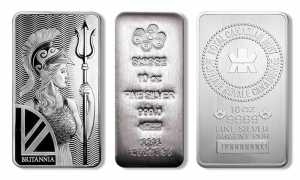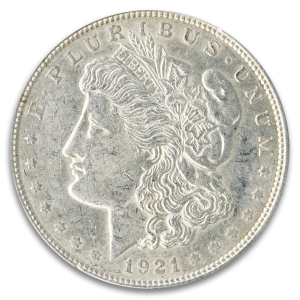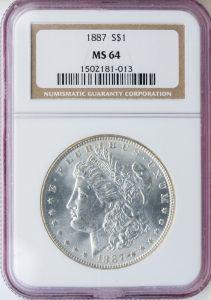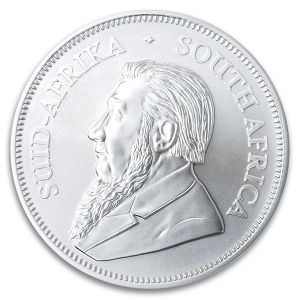1921 $1 Morgan Dollar BU
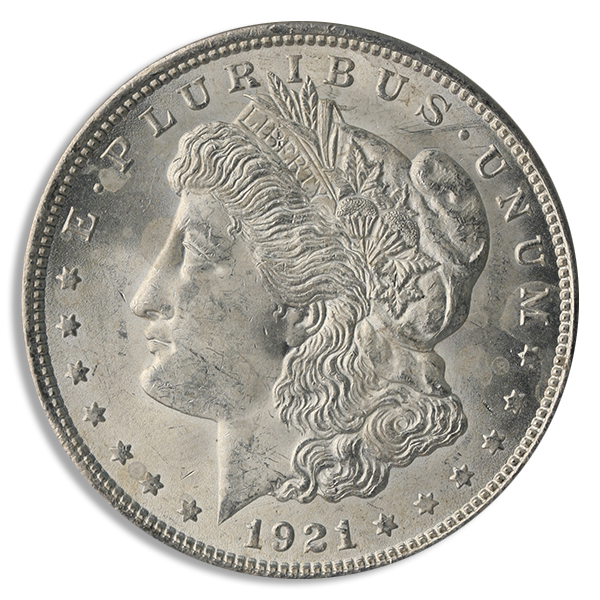


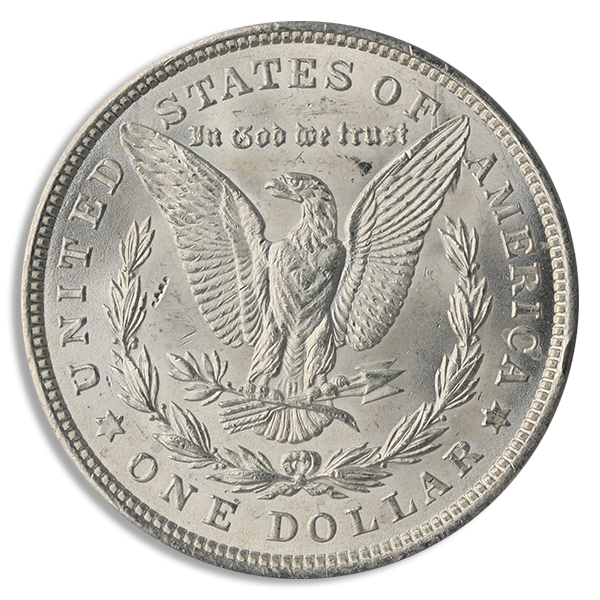

Price
$73.00
High Demand Product
Order in 1 click(3170 reviews)
charlene mccardell
2025/12/17
You need to work on your check out process but I am always happy with my purchase...thank you!
William zimmerman
2025/12/16
QUICK AND EASY
US Buyer
2025/12/14
Fast & efficient.
Joel Hecht
2025/12/11
I wish they were open a little longer, for west coast customers.
Jay Simon
2025/12/09
So easy to order! Nice people! Have never had a problem with any order over the years!
DAVID WITZKE
2025/12/07
Easy
| The Morgan Dollar is an odd duck, but beloved among collectors. It is large — nearly palm-sized — and heavy. Perhaps it was made so large simply because there was so much silver floating around at the time! The Comstock silver lode in Nevada yielded a million dollars’ worth of silver a week. This sheer quantity created a problem: if a market for all that silver wasn’t generated, Nevada’s economy could collapse. In the great American political tradition, lobbyists sprang into action. They persuaded the government to require the U.S. Treasury to buy $2-$4 million of silver every month and turn it into silver coin. George T. Morgan, an engraver at the Mint, designed the new silver dollar. The obverse featured Lady Liberty’s head, and the reverse featured an eagle. Morgan chose to depict Liberty as an American woman, rather than the typical Greek-style figures, and he looked to nature studies of the bald eagle to aid him in creating a new eagle design. America’s silver dollar coinage got a facelift that had long been desired. The Morgan Dollar was minted from 1878 to 1904 and again in 1921. The Pittman Act of 1918 mandated the melting of up to 350 million silver dollars to aid the UK by selling the silver to stabilize British currency during World War I. Out of this quota, 270,232,722 silver dollars were actually melted. The Act required the U.S. Mint to replace every melted coin with newly minted silver dollars, which led to the Morgan Dollar’s reissuance in 1921. Inconveniently, the Mint had discarded the original Morgan Dollar hubs, so new master dies were needed for the 1921 production. This is why 1921 Morgan Dollars appear so different from their predecessors. In 1921, the Philadelphia, Denver, and San Francisco mints all struck record numbers of Morgan Dollars. This 1921 Morgan Dollar is in brilliant uncirculated (BU) condition, meaning it has never been in circulation and maintains its original mint luster. Generally, BU coins are more valuable than circulated coins because of their untouched appearance and unmarred features. As coins from any particular minting year begin to show signs of wear and tear, the few that remain in BU condition grow more and more valuable. These coins, untouched by time and circulation, become coveted pieces in the numismatic world. |
| Weight | 0.7734 |
|---|---|
| Metal | Silver |
| Year | 1921 |




